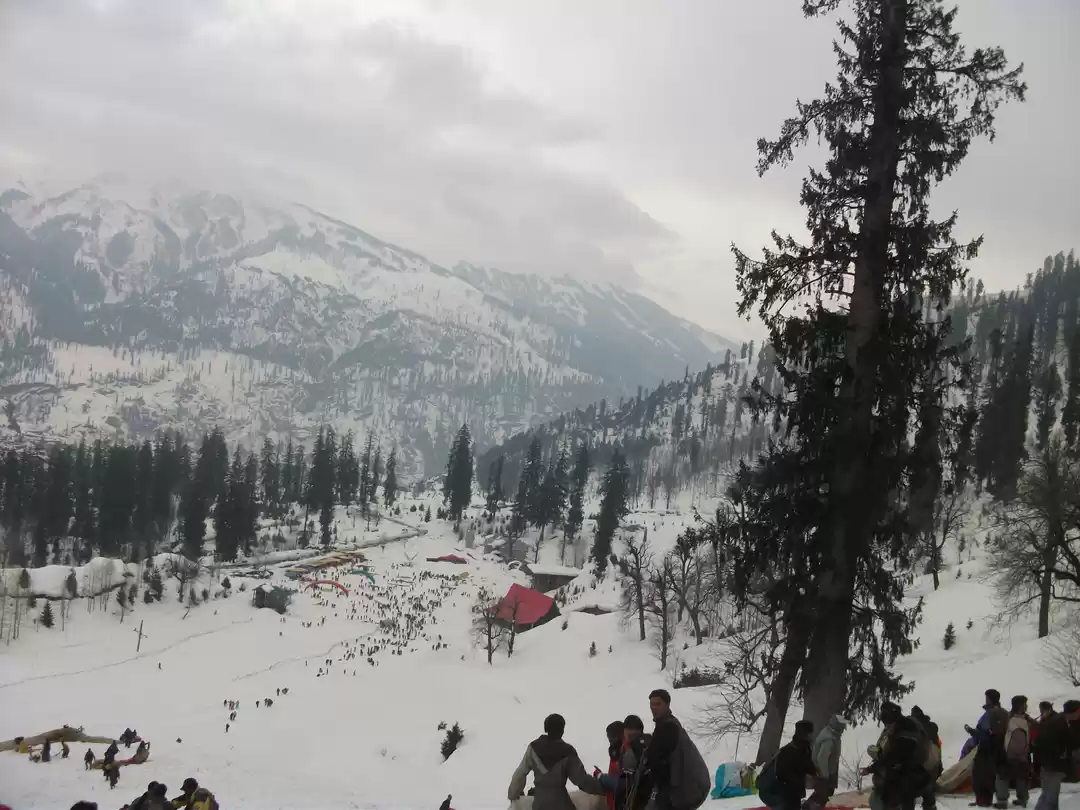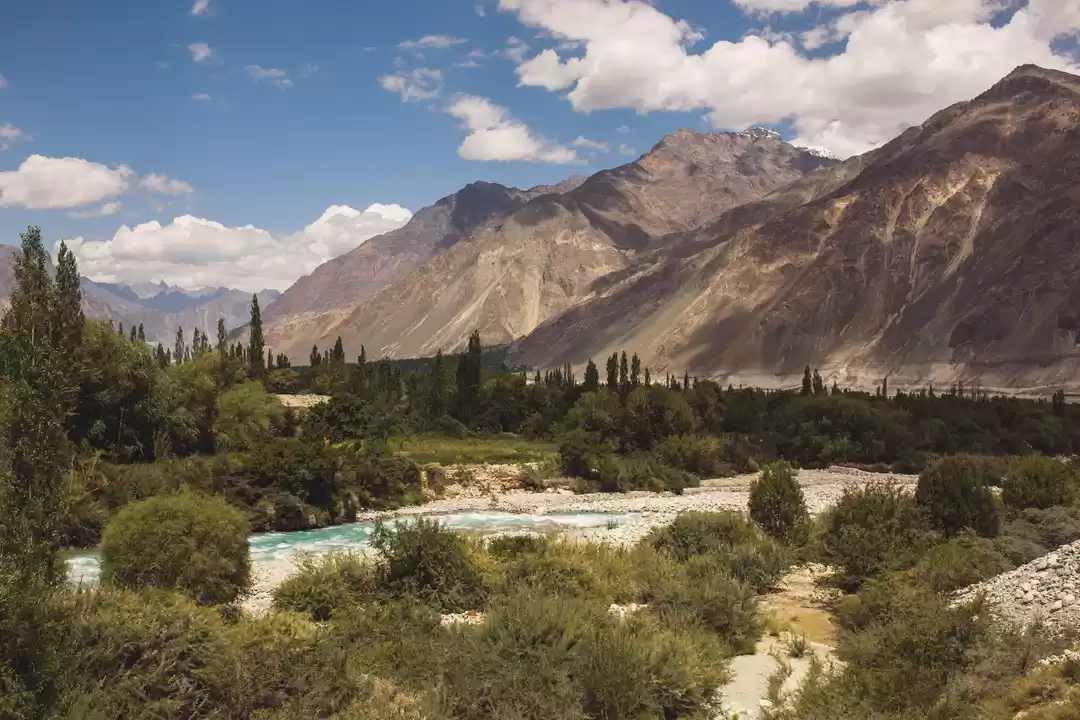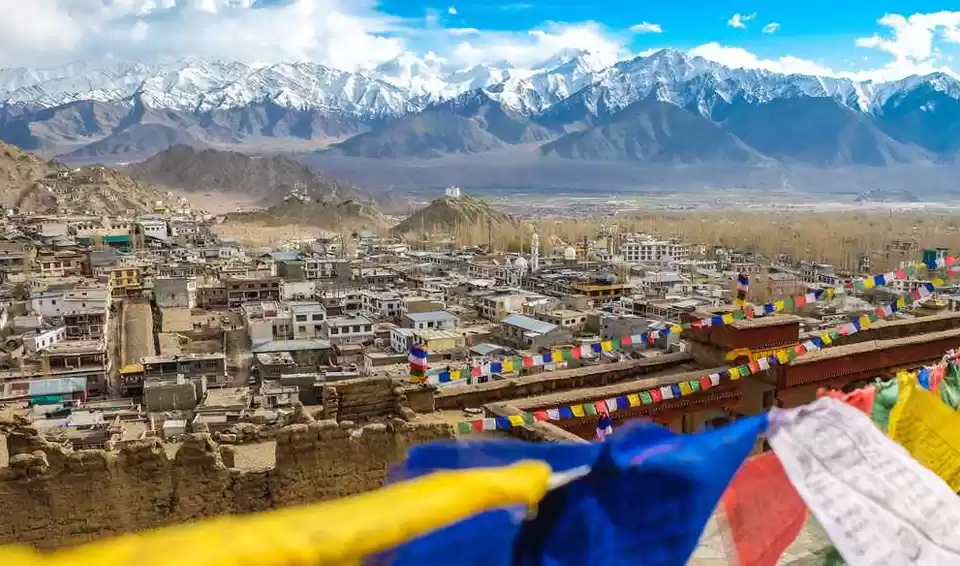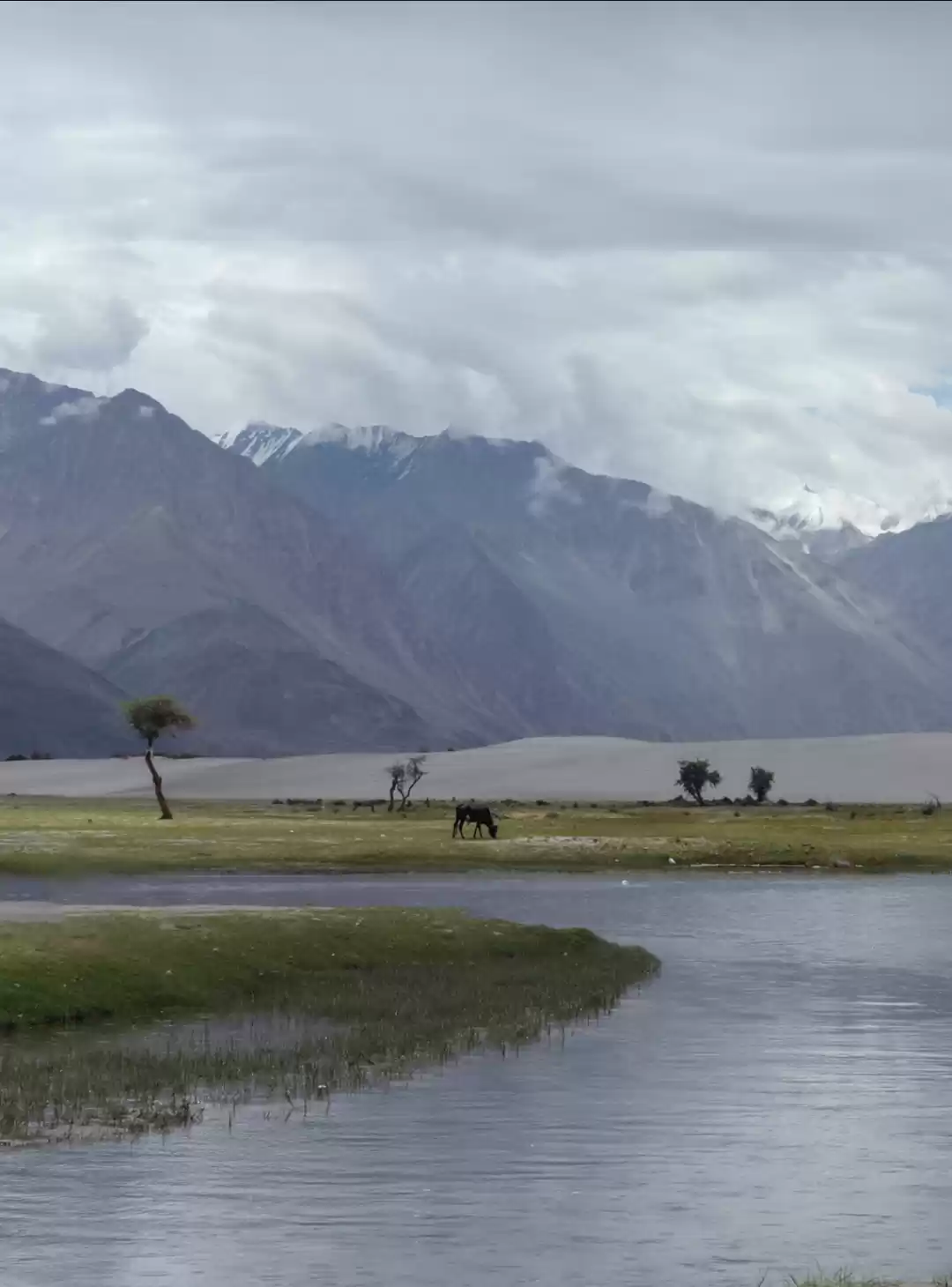Turtuk is a remote and captivating village in Ladakh, located in the Nubra Valley, near the border with Pakistan. It is the last outpost of India in the north, and was captured by India from Pakistan in 1971, leading to a dramatic change in the lives and identities of its residents. Turtuk is also a hidden gem for tourists, who can enjoy its scenic beauty, cultural richness, and historical significance. In this article, we will explore Turtuk in depth, covering its history, culture, tourism, and development, and provide you with all the information you need to plan your trip to this offbeat destination.
History of Turtuk: A Tale of Loss and Reunion
Turtuk has a fascinating and turbulent history, dating back to centuries. It was once part of the Yabgo dynasty, which ruled the region for over 2000 years, and had close ties with Tibet and Central Asia. Turtuk was also a strategic point on the ancient Silk Route, connecting India with China and Europe. However, in 1971, during the Indo-Pak war, Turtuk was captured by the Indian army, along with three other villages, in a surprise operation. This resulted in the separation of families and friends, who suddenly found themselves on different sides of the border. Many of them could not see or communicate with each other for decades, and had to adapt to a new nationality and identity. Some of them were able to reunite with their loved ones after obtaining passports and visas, while others still long for a reunion. Turtuk’s history is full of stories of loss and reunion, which are both heartbreaking and inspiring.
Culture of Turtuk: A Blend of Balti and Ladakhi Heritage
Turtuk is home to a unique and diverse culture, which reflects its Balti and Ladakhi heritage. The majority of the population belongs to the Balti ethnic group, which traces its origin to Tibet and Central Asia. They speak the Balti language, which is a dialect of Tibetan, and follow the Shia sect of Islam. They also have their own customs, traditions, and festivals, such as Eid, Nowruz, and Losar. Turtuk also has a minority of Ladakhi Buddhists, who live in harmony with their Muslim neighbours. They speak the Ladakhi language, which is also a dialect of Tibetan, and follow the Gelugpa sect of Buddhism. They also have their own customs, traditions, and festivals, such as Hemis, Dosmoche, and Ladakh Festival. Turtuk’s culture is a blend of Balti and Ladakhi heritage, which offers a rich and diverse experience for the visitors.
Tourism in Turtuk: A Paradise for Nature and Adventure Lovers
Turtuk is a paradise for nature and adventure lovers, who can enjoy its stunning scenery, lush greenery, and thrilling activities. Turtuk is surrounded by the majestic Karakoram mountain range and the Shyok River, which create a picturesque landscape. Turtuk is also blessed with a pleasant climate, which allows the cultivation of various fruits and vegetables, such as apricots, apples, walnuts, and tomatoes. Turtuk has many attractions and activities for the tourists, such as:
Turtuk Village: The main attraction of Turtuk is the village itself, which is divided into two parts: Youl and Pharol. Youl is the older part, where you can see the traditional mud houses, the old mosque, and the Yabgo Palace, which was the residence of the Yabgo rulers. Pharol is the newer part, where you can see the modern houses, the new mosque, and the museum, which displays the artifacts and photographs of Turtuk’s history and culture. You can also interact with the friendly and hospitable locals, who will welcome you with a smile and a cup of butter tea.

Turtuk Waterfall: Another attraction of Turtuk is the waterfall, which is located about 3 km from the village. You can reach the waterfall by trekking through the fields and orchards, and enjoy the refreshing sight and sound of the water. You can also take a dip in the pool below the waterfall, or relax on the rocks nearby.
Diskit Monastery: If you want to explore the Buddhist side of Turtuk, you can visit the Diskit Monastery, which is located about 90 km from the village. Diskit Monastery is the oldest and largest monastery in the Nubra Valley, and belongs to the Gelugpa sect of Buddhism. It was founded in the 14th century by Changzem Tserab Zangpo, a disciple of Tsongkhapa, the founder of the Gelugpa sect. The monastery has a magnificent statue of Maitreya Buddha, which is 32 meters high and overlooks the valley. The monastery also has a prayer hall, a library, and a museum, which display the relics and paintings of the Buddhist art and culture.
Yagbo Ancient Village: If you want to experience the ancient history of Turtuk, you can visit the Yagbo Ancient Village, which is located about 8 km from the village. Yagbo Ancient Village is the original settlement of the Yabgo dynasty, and dates back to the 8th century. It is also the birthplace of the famous Balti poet, Yagbo Tsering, who wrote the epic poem, Rgyal-rabs Nor-bu’i 'Phreng-ba, which narrates the history and legends of the Yabgo dynasty. You can see the ruins of the old palace, the old mosque, and the old cemetery, which are the remnants of the glorious past of Turtuk.

How to Reach Turtuk: Location and Accessibility
Turtuk is located in the northeastern part of Ladakh, close to the Line of Control with Pakistan. It is about 205 km from Leh, the capital of Ladakh, and can be reached by road via the Khardung La Pass, which is the highest motorable road in the world. The road journey from Leh to Turtuk takes about 8 to 10 hours, depending on the weather and traffic conditions. You can hire a taxi or a bike from Leh, or join a tour group, to reach Turtuk. You can also take a bus from Leh to Diskit, and then take a shared taxi or a bike from Diskit to Turtuk.
Permit Requirement for Turtuk: A Simple and Easy Process
Turtuk requires a regular Inner Line Permit (ILP), which is a document that allows the tourists to visit the restricted areas of Ladakh. The ILP can be obtained online or in person from Leh.
The online process is simple and easy, and involves the following steps:
1. Visit the official website of the Ladakh administration, and register yourself with your name, email, and phone number.
2. Fill in the details of your travel itinerary, such as the date, duration, and places of visit, and select Turtuk as one of the places.
3. Pay the fee of Rs. 400 per person, plus Rs. 20 per day, through an online payment gateway, and download the e-permit.
4. Print the e-permit and carry it with you, along with your identity proof, such as Aadhaar card, passport, or driving license.
5. Show the e-permit and the identity proof at the check posts along the way, and enjoy your trip to Turtuk.
The in-person process is similar, but involves visiting the Tourist Information Center in Leh, and filling in the application form and paying the fee there. You can also take the help of a travel agent or a hotel staff to get the ILP for you.
Conclusion: Turtuk is a Must-Visit Destination for Every Traveller
Turtuk is a must-visit destination for every traveller, who wants to experience a different and delightful side of Ladakh. Turtuk offers a rare combination of natural beauty, cultural diversity, and historical significance, which will leave you spellbound and enchanted. Turtuk is also a place where you can witness the resilience and the warmth of the people, who have overcome the challenges and the changes of their past and present, and have embraced their future with hope and optimism. Turtuk is a place where you can find peace and happiness, and create memories that will last a lifetime. So, what are you waiting for? Book your trip to Turtuk today, and discover the last outpost of India in Ladakh.
























